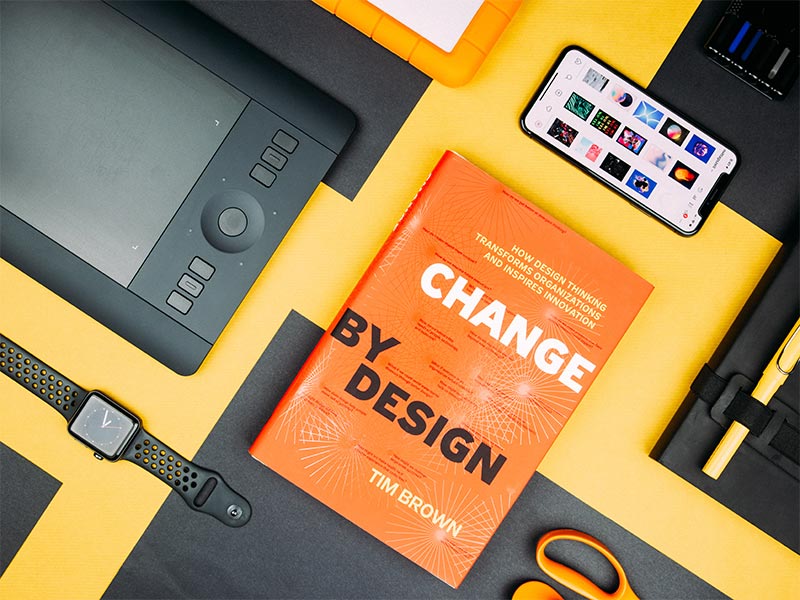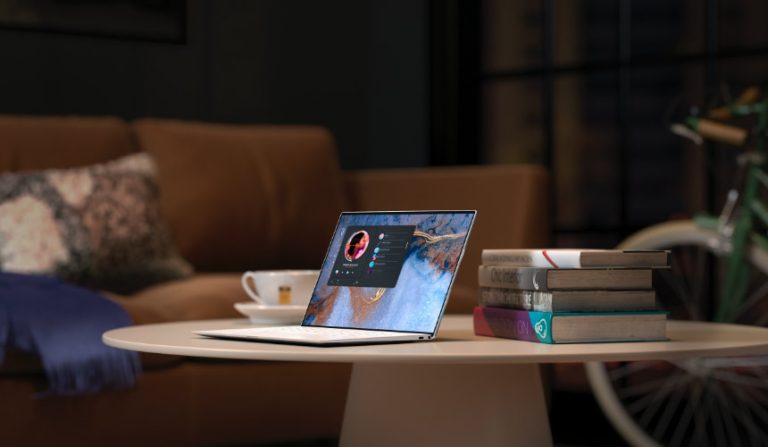Graphic design is no longer just about creating visually appealing artwork—it’s about crafting meaningful experiences, communicating brand stories, and staying ahead of rapidly evolving trends. In 2025, graphic design research has become an essential skill for designers who want to create impactful work that resonates with audiences and stands out in a crowded digital landscape.
In this guide, we’ll explore why graphic design research matters, the best research methods, tools to use, and key trends shaping the industry this year.
Why Graphic Design Research Matters
Many designers jump straight into creating without first understanding the problem they’re solving. This is where research plays a crucial role.
Good research ensures that every design decision—from color choices to typography—is backed by data, audience insights, and cultural context.
Some benefits of thorough graphic design research include:
- Stronger brand alignment – Designs that reflect the client’s identity and values.
- Better audience engagement – Visuals tailored to what the audience finds appealing and relatable.
- Staying competitive – Understanding what works in the market and what doesn’t.
Simply put, research bridges the gap between creativity and strategy.
Step-by-Step Guide to Conducting Graphic Design Research
Whether you’re a freelance designer or part of a creative agency, following a structured research process will improve your results.
1. Define the Design Problem
Start by asking:
- What is the purpose of this design?
- Who is the target audience?
- What message should it convey?
Clear answers guide your research and prevent wasted effort.
2. Study the Target Audience
Great designs speak directly to the people they’re intended for. Look into:
- Demographics (age, gender, location)
- Psychographics (interests, lifestyle, values)
- Behavioral patterns (how they consume content)
For example, if your target audience spends more time on Instagram, you might design visuals optimized for that platform.
3. Analyze Competitors
Competitor analysis helps you identify industry standards, inspiration, and opportunities for innovation.
Look for:
- Design styles they use
- Color schemes and typography choices
- Strengths and weaknesses in their visuals
This ensures you stand out while still meeting audience expectations.
4. Gather Visual Inspiration
Explore platforms like Behance, Dribbble, and Pinterest to collect ideas and spot emerging trends.
Tip: Keep a mood board for every project. This creates a visual reference that keeps the design direction consistent.
5. Use the Right Research Tools
Here are some powerful tools for graphic design research in 2025:
- Pinterest Trends – Discover what’s trending visually.
- Canva Color Palette Generator – Find harmonious color combinations.
- Google Trends – Identify popular topics and themes.
- Coolors.co – Generate modern, on-brand color palettes.
6. Test and Refine
Before finalizing a design, test it with small focus groups or client feedback sessions. This helps catch issues early and improve effectiveness.
Trends Shaping Graphic Design in 2025
To stay ahead, designers must be aware of current and future trends.
Here are some that are dominating in 2025:
- AI-Assisted Design – Tools like Adobe Firefly and Midjourney are revolutionizing workflows.
- Minimalist Maximalism – Combining clean layouts with bold statement elements.
- Sustainable Design Themes – Eco-friendly visuals and earthy tones reflecting environmental awareness.
- 3D and Immersive Graphics – Adding depth and realism to brand experiences.
- Cultural Personalization – Designs tailored to regional cultures and values.
Tips for Better Graphic Design Research
Don’t just follow trends—adapt them to fit your unique style.
Always document your findings so they can guide future projects.
Combine qualitative research (interviews, surveys) with quantitative data (analytics, engagement metrics).
Stay active in design communities to keep up with best practices.




